Roman Coliseum. Rome - ITALY
Direccion:
Piazza del Colosseo, 1, 00184 Roma RM, Italia Phone: +390639967700
Web:
https://parcocolosseo.it/ The Coliseum or Flavian Amphitheater is an amphitheater from the time of the Roman Empire, it was built in the 1st century and is located in the center of the city of Rome, Italy.
The Colosseum is the main symbol of Rome, where you can discover what the ancient society of the Roman Empire was .
The Colosseum was intended to host the bloody amusements with which the emperors wooed the people of Rome.
The construction of the Colosseum began under Emperor Vespasian, around AD 71, in a space that had been liberated after the fire of an earlier amphitheater built almost a hundred years ago.
The materials used in the construction of this are travertine blocks, concrete, wood, brick, stone (tuff), marble and stucco. In ancient times it had a capacity for about 60,000 spectators, with eighty rows of stands. Those who were near the arena were the Emperor and the Senators, and as one ascended the lower strata of society were located.
The Colosseum was used for almost 500 years, celebrating the last games in history in the 6th century, well after the traditional date of the fall of the Western Roman Empire in 476 AD. Byzantines also used it during the 6th century. In addition to gladiator fights, many other public performances took place here, including naumachias, animal hunting, executions, re-enactments of famous battles, and plays based on classical mythology.
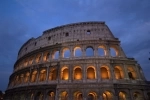
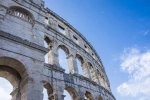
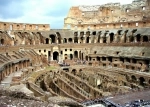

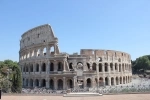
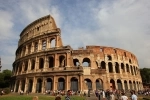
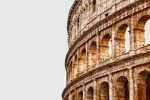
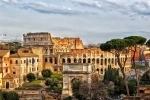
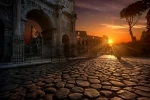
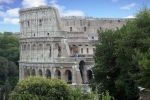





 1 Reviews
1 Reviews